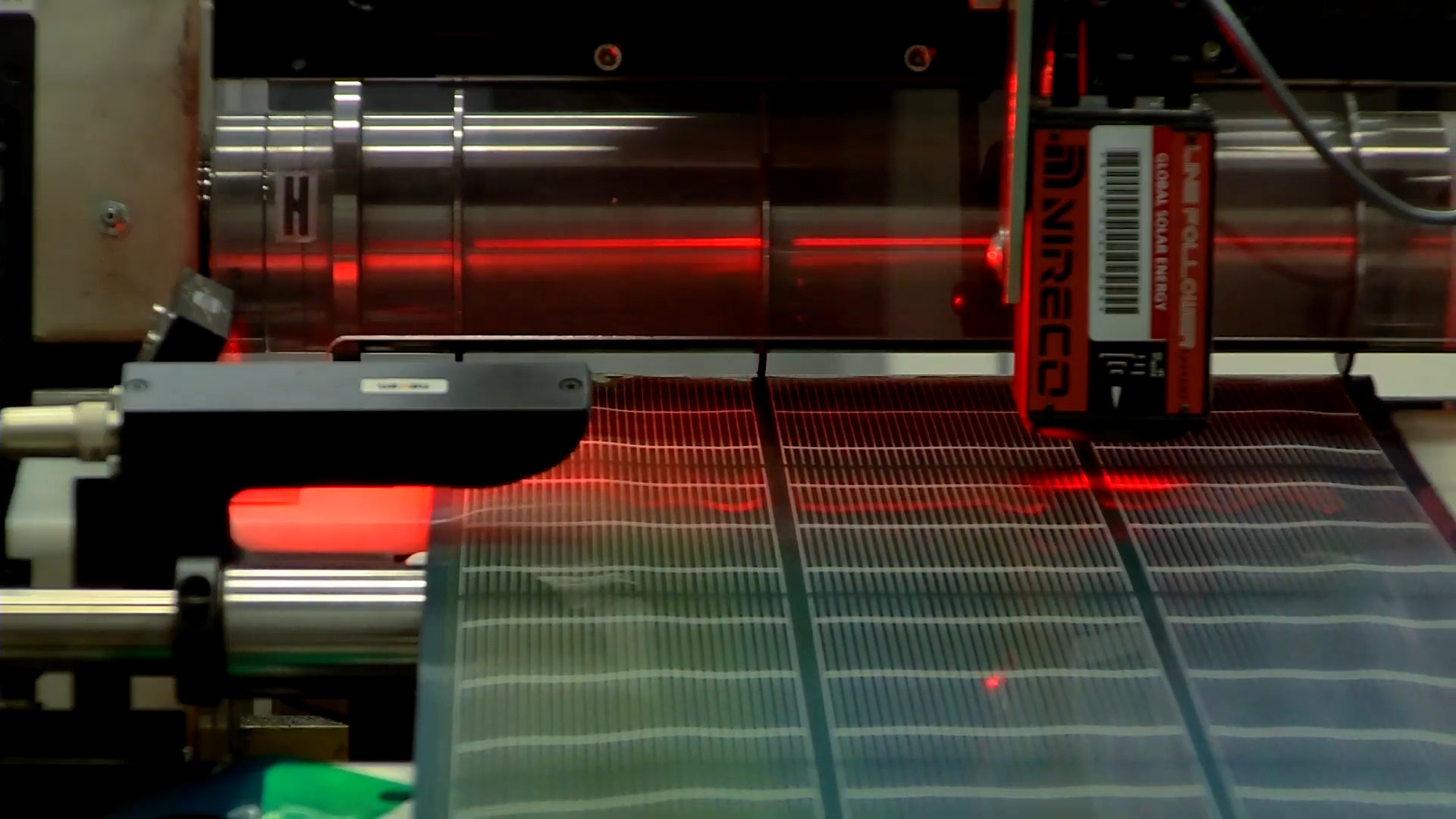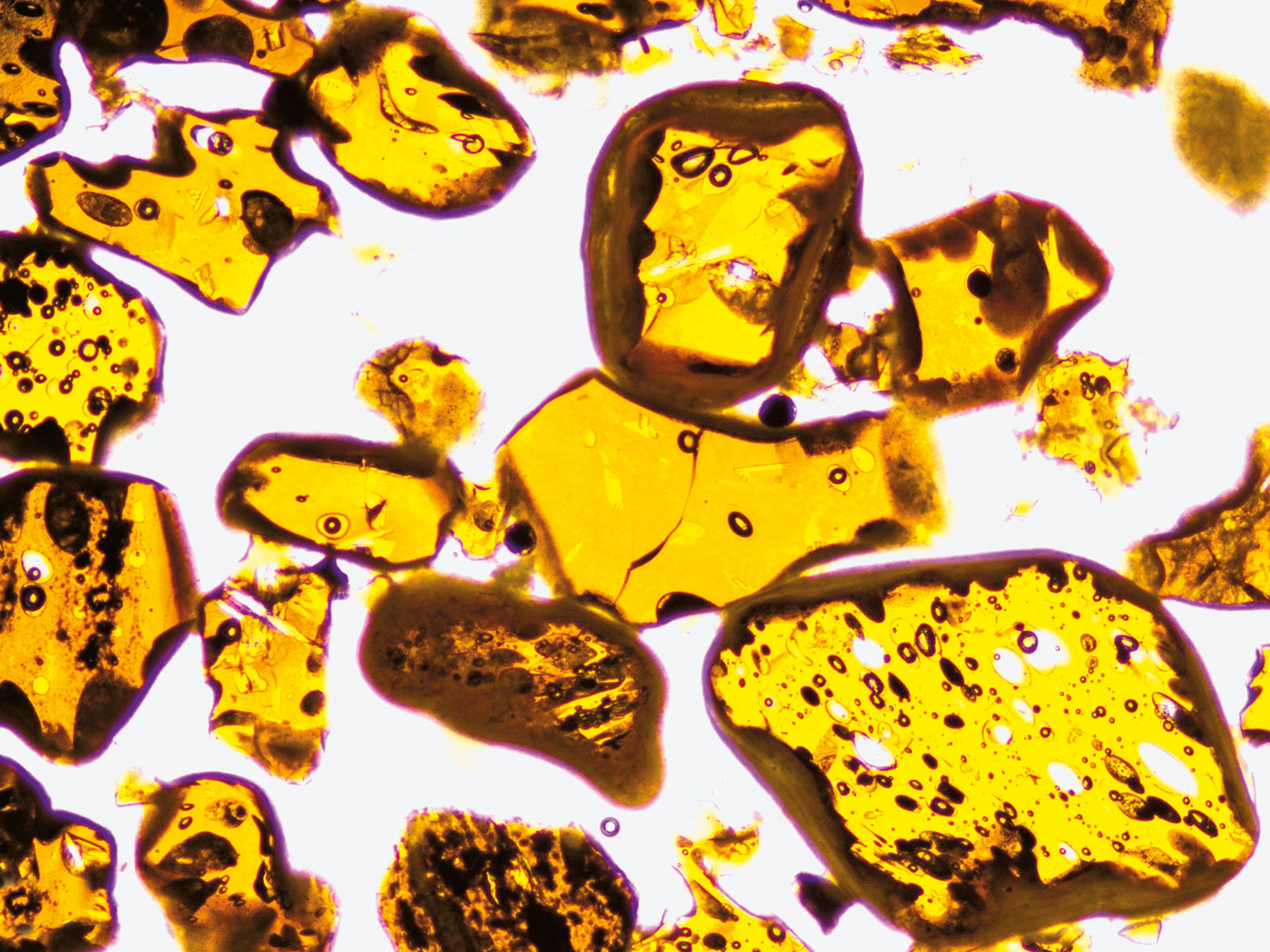Last Friday, August 16, Poland’s largest satellite, EagleEye, was launched into orbit. A day later, on Saturday, communication was established with it. This is a major success for the Polish space industry, but as it turns out, it is one of many in recent days.
I have long wondered what I would write on this Monday morning after the launch of the largest Polish satellite and our payload. Suddenly I realized that the last 47 days have been an absolute gathering of Polish space thought.
– wrote Jędrzej Kowalewski, CEO of Scanway SA, one of the companies included in the consortium that sent the EagleEye satellite into space.
– This period is the culmination of many projects and negotiations. We do not realize how many Polish entities have increased their activity in the space sector. This has translated into seven weeks in which groundbreaking things have happened over and over again, starting with the first historic flight of a Polish rocket into space, through the launch of the largest Polish satellite into orbit, and ending with multi-million euro contracts signed by Polish entities with the European Space Agency – Jędrzej Kowalewski said in an interview with Next.Gazeta.pl.
It looks impressive and I think it’s the simplest way to show the growth of the Polish space industry.
– The Scanway chief added.
“An absolute gathering of Polish space thought.” What did the Poles achieve in 47 days?
During these 47 days, a total of 10 important events for the Polish space industry were organized. Or even the eleventh, because Jedrzej Kowalski – as he himself says – forgot to mention the beginning of training in Houston under Sław Osnański, who will be the second Polish cosmonaut, after Mirosław Hermaszewski.
Jędrzej Kowalewski starts the countdown from July 3, when the first documented flight of a Polish rocket crossed the Kármán line. “Success and proof that it is possible to fly into space with highly concentrated H2O2,” comments Scanway’s president on X.
– This shows that Poland can start flying into space independently. It is true that the rocket was not launched from the territory of Poland, but from the territory of the spaceport in Norway, but it shows that we have the ability to carry anything to an altitude of 100 kilometers – Kowalewski comments in an interview with us.
Less than a week later, on July 9, Europe’s newest and largest rocket, Ariane 6, flew into space carrying Poland’s Scanway Vision System. “The system provides engineers with important data and stunning images of the ship, cargo and planet,” Kowalewski wrote on X.
On July 26, the Polish company Creotech SA was selected to carry out the preliminary design phase of the space probes for the European Space Agency’s future Plasma Observatory mission. “It aims to gain a deeper understanding of the energy flows in the plasma around the Earth,” says Scanway’s president.
July 29 is the announcement of SatRev’s stock market debut on NewConnect. Moreover, the company announced that day its cooperation with Lonestar Data Holdings, a company specializing in secure data storage in space.
A day later, on July 30, Scanway announced a contract for the design, construction and launch support of very large Earth observation instruments for marble imaging. “The project is funded by the European Space Agency and is one of the largest contracts for satellite flight equipment in the history of Polish companies,” comments Kowalewski.
This shows that Polish space entities can not only talk about space, conduct research in it and carry out experimental missions, but can also implement contracts that are not only at a very high level, but can also develop the space industry and technologies that the Polish government clearly finds very interesting.
– Kowalewski says.
What’s next? On August 1, PIAP Space, in collaboration with scientists at Łukasiewicz – ILOT, announced that it is working on technology for automatic and cheap refueling of satellites in orbit. It’s all part of the INORT project, which aims to develop a “roadmap” for this technology.
As the next major event, Kowalewski mentions a huge, perhaps the largest in history, delegation of Polish companies at the SmallSat Conference and Exhibition in Utah, USA. The event took place from August 3 to 8, and two Polish companies had stands, while several others participated without a stand.
On August 14, Thorium Space, a Polish space company, officially announced successful tests of a flat satellite terminal. “It is an important product for the company and opens up the possibilities of commercializing Ka-band terminals,” Kowalewski writes.
In addition, in early July and August, huge amounts of “hyperspectral imaging data from the Intuition-1 satellite began to flow in. The correct operation of the computer for processing data in orbit has been demonstrated, the imaging instrument works perfectly, Poland and many places around the world are shown,” we read in the entry of the head of Scanway.
All this culminated in the launch of the EagleEye satellite into orbit on August 16. – This shows that Poland can produce large satellites and place large payloads in them, in this case it was a telescope – Jedrzej Kowalewski tells us.
Poland will have its own satellites. This is currently the most important Polish space project.
There may be more and more such breakthrough events. Of particular interest will be the Polish Camila satellite constellation project. The European Space Agency, which agreed to provide assistance for this program last year, is still in the process of tendering. The tender has been announced for tens of millions of euros.
– This is currently the biggest space thing happening in Poland. This contract is aimed at Polish entities, there is a large percentage that should be spent in Poland on our technical thinking (…). Kamila will allow us to enter the league of countries that can independently monitor events on the surface of the planet in the areas we are interested in, says Jędrzej Kowalewski.
This is the largest tender in the history of the Polish space industry and a record amount of money that will flow into the Polish satellite sector.
– Our interlocutor adds.
Such a project would ensure our independence in receiving data. It would be used for defense purposes. Kowalewski points out that we can buy satellite imagery from other entities, but owning our own satellites gives us more convenience and more accurate data. This way, we would avoid the queues of people willing to use external sources for satellite imagery, due to the fact that they do not always have the ability to image the entire planet.
In addition, the technology used in the Camila satellite technology will allow for very precise imaging with a resolution of 1 meter x 1 pixel, instead of the 10 meters x 1 pixel provided by third parties. Thanks to this, it will also be possible to use the satellites for civilian purposes, for example to inspect agricultural fields, estimate crops, evaluate floodplains, urban analyses, and even evaluate street traffic, which is already possible under these resolutions.
What’s next for the Polish space industry? “We need trust”
Sławosz Uznański was selected for the space flight from the reserve list. This was made possible by Poland’s several-fold increase in funding for the European Space Agency. Jędrzej Kowalewski says that state funding for the development of the space industry is crucial. Last year, his company sent its first satellite into space for private money – z money Investors and those acquired on other orders.
– We were able to complete the mission, which proved to the whole world that Scanway is capable of making telescopes, cameras and other devices that can collect optical data in space. This translates into the contracts we are currently signing, the company’s president told us. He added that the unprecedented increase in ESA funding by Poland will translate into opportunities for Polish space companies.
The Polish space sector desperately needs public trust and, of course, money.
“Kowalewski added,” he said.
There are at least a dozen companies in Poland working in the space industry, 30 of which are related to the “upstream” branch, which deals with placing various objects in space and processing satellite data obtained in this way. But many other companies still need support to build their reputation, and according to the head of Scanway, Poland has invested relatively little in this sector.
The space sector brings huge financial benefits, but first you have to invest in it. The growth of the sector and its large-scale experimental missions cannot be achieved without public money. That much is certain.
– Jędrzej Kowalewski, CEO of Scanway, summarized the conversation with Next.Gazeta.pl.

Echo Richards embodies a personality that is a delightful contradiction: a humble musicaholic who never brags about her expansive knowledge of both classic and contemporary tunes. Infuriatingly modest, one would never know from a mere conversation how deeply entrenched she is in the world of music. This passion seamlessly translates into her problem-solving skills, with Echo often drawing inspiration from melodies and rhythms. A voracious reader, she dives deep into literature, using stories to influence her own hardcore writing. Her spirited advocacy for alcohol isn’t about mere indulgence, but about celebrating life’s poignant moments.










